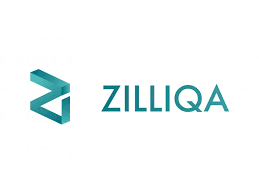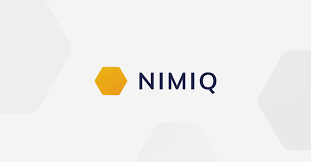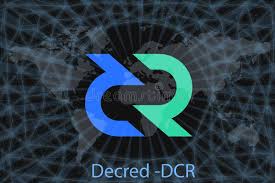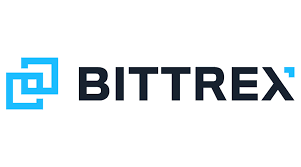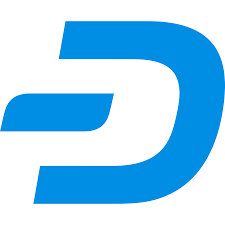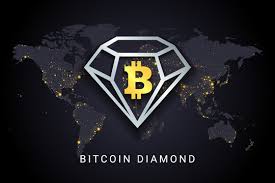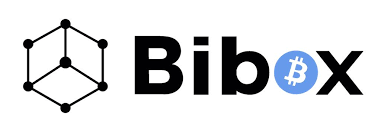Rebranding is one of the most effective methods of promoting a project that has stalled. Experienced entrepreneurs often use it in uptrend markets, including blockchain technology. An example of this is the Verge (XVG) cryptocurrency, issued as a coin amid the growing popularity of bitcoin.
If you have recently become interested in the crypto industry, then most likely, you have never heard of the DogecoinDark virtual coin (DOGED). But, the majority of active members of the blockchain community know the startup Verge. It is a cryptocurrency designed for everyday use and combines the popularity of Dogecoin with the anonymity of the Dash payment network in one ecosystem. Verge (XVG) and DogecoinDark are the same digital asset, on the same protocol, but with a new name and logo.

General information
The XVG network began work in 2014 as a fork from the Bitcoin blockchain. Initially, the coin was called Dogecoin Dark, and behind its appearance is the name of Justin Sanerok. He is a programmer, who believed that Bitcoin could not cope with the role of an anonymous digital asset. Moreover, he believed that the slow speed of the Bitcoin blockchain did not allow using BTC as a full-fledged means of payment.
The presence of the word Dark in the title directly hinted that the new coin was safe to use on the darknet to conduct anonymous transactions. Since the advent of XVG, the coin has been noticed as it has coped with the task, offering safe and fast transactions, which took a maximum of 5 seconds to confirm.
Subsequently, the project developed and introduced new security technologies. Since the modified XVG blockchain network had little resemblance to the original product, it was decided to rebrand. So in 2016, the Verge (XVG) cryptocurrency appeared, which gave a lot of profit to its holders on the growth of the rate.
Technologies used in Verge
The XVG cryptocurrency is another bitcoin fork designed to increase privacy and speed up transaction processing. The following technologies are integrated into the system:
- SPV (Atomic Swaps) – Designed for direct peer-to-peer trading of selected digital assets with BIP65 support and eliminating the need for intermediaries. The traditional exchange service can be replaced with a decentralized exchange (DEX), and you can exchange crypto coins without sending them to an exchange deposit.
- TOR is a software project for providing anonymous communication by obfuscating (obfuscating) an IP address. The Verge cryptocurrency uses Tor to execute transactions from its wallets (Core, Electrum, and Android). It makes it possible to hide the internet entry point, making it impossible for the network to monitor XVG addresses.
- Wraith Protocol is a technology to seamlessly switch from public to secret blockchain addresses. The client can choose what exactly he wants to use at the moment. When Wraith Protocol is activated, transfers are not displayed on the public blockchain and are not linked to your public address. But if you need to execute an open transaction, you can easily deactivate the Wraith Protocol option.
- I2PI2P is a very confusing tunnel service using IPV 6 that hides all Verge data that is sent to the network. I2P technology is a key innovation for ensuring the anonymity of participants.
The Verge team is working to implement Rootstock technology to execute smart contracts and increase peer-to-peer bandwidth. In the current period, the system processes 100 transactions per second. The commission for transferring funds is 0.1 XVG.
Advantages and Disadvantages of Cryptocurrency for Investors
Among the advantages of Verge for investors are:
- The coin has existed on the market for a long time and is a serious project in which quality is placed above immediate earnings. The payment network has been operating for more than 4 years and is gradually developing and improving to this day;
- The team has a ready-made solution to the problem of anonymity that has no analogs. The combination of Tor, I2P, and Wraith Protocol technologies guarantees complete confidentiality of transactions;
- The Verge blockchain ecosystem is decentralized and independent; The source code is in the public domain, and the development of the project is funded by donations and personal funds of the developers;
- Cryptocurrency has practical uses. Verge uses 80 online shopping and entertainment services;
- The project roadmap provides for an increase in the technical indicators of the network several times and the introduction of anonymous smart contracts.
The disadvantages include:
- The coin does not offer anything new, so it is difficult for it to compete. For example, ETH and ZIL are already overtaking it in transaction processing speed, and many new digital assets demonstrate significantly higher standards, to which Verge will still grow and grow;
- The anonymity of transfers is a useful, but not unique property since XMR, ZEC, and many other cryptocurrencies already offer a ready-made, successful solution for these purposes;
- If we consider XVG from the point of view of practical application as a means of payment, then the coin cannot boast anything special, which is bad since it puts it on a par with many other digital assets.
